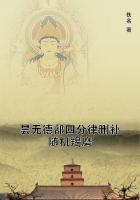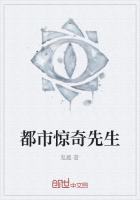But Mr. Lancaster, like every eager astronomer, is anxious for further improvements. He considers the achromatic telescope the king of instruments, and is now engaged in testing convex optical surfaces, with a view to achieving a telescope of that description. The chief difficulty is the heavy charge for the circular blocks of flint glass requisite for the work which he meditates. "That," he says, "is the great difficulty with amateurs of my class." He has, however, already contrived and constructed a machine for grinding and polishing the lenses in an accurate convex form, and it works quite satisfactorily. Mr.
Lancaster makes his own tools. From the raw material, whether of glass or steel, he produces the work required. As to tools, all that he requires is a bar of steel and fire; his fertile brain and busy hands do the rest. I looked into the little workshop behind his sitting-room, and found it full of ingenious adaptations. The turning lathe occupies a considerable part of it; but when he requires more space, the village smith with his stithy, and the miller with his water-power, are always ready to help him. His tools, though not showy, are effective. His best lenses are made by himself: those which he buys are not to be depended upon. The best flint glass is obtained from Paris in blocks, which he divides, grinds, and polishes to perfect form.
I was attracted by a newly made machine, placed on a table in the sitting-room; and on inquiry found that its object was to grind and polish lenses. Mr. Lancaster explained that the difficulty to be overcome in a good machine, is to make the emery cut the surface equally from centre to edge of the lens, so that the lens will neither lengthen nor shorten the curve during its production. To quote his words: "This really involves the problem of the 'three bodies,' or disturbing forces so celebrated in dynamical mathematics, and it is further complicated by another quantity, the 'coefficient of attrition,' or work done by the grinding material, as well as the mischief done by capillary attractionand nodal points of superimposed curves in the path of the tool. These complications tend to cause rings or waves of unequal wear in the surface of the glass, and ruin the defining power of the lens, which depends upon the uniformity of its curve. As the outcome of much practical experiment, combined with mathematical research, I settled upon the ratio of speed between the sheave of the lens-tool guide and the turn-table;between whose limits the practical equalization of wear (or cut of the emery) might with the greater facility be adjusted, by means of varying the stroke and eccentricity of the tool. As the result of these considerations in the construction of the machine, the surface of the glass 'comes up' regularly all over the lens; and the polishing only takes a few minutes' work--thus keeping the truth of surface gained by using a rigid tool."The machine in question consists of a revolving sheave or ring, with a sliding strip across its diameter; the said strip having a slot and clamping screw at one end, and a hole towards the other, through which passes the axis of the tool used in forming the lens,--the slot in the strip allowing the tool to give any stroke from 0 to 1.25 inch. The lens is carried on a revolving turn-table, with an arrangement to allow the axis of the lens to coincide with the axis of the table. The ratio of speed between the sheave and turn-table is arranged by belt and properly sized pulleys, and the whole can be driven either by hand or by power.
The sheave merely serves as a guide to the tool in its path, and the lens may either be worked on the turn-table or upon a chuck attached to the tool rod. The work upon the lens is thus to a great extent independent of the error of the machine through shaking, or bad fitting, or wear; and the only part of the machine which requires really first-class work is the axis of the turn-table, which (in this machine) is a conical bearing at top, with steel centre below,--the bearing turned, hardened, and then ground up true, and run in anti-friction metal. Other details might be given, but these are probably enough for present purposes. We hope, at some future time, for a special detail of Mr. Lancaster's interesting investigations, from his own mind and pen.
[12] The translations are made by W. Cadwalladr Davies, Esq.
[13] This evidence was given by Mr. W. Cadwalladr Davies on the 28th October, 1880.
End















